mongo--pocket door sound insulation?
mahatmacat1
18 years ago
Related Stories

WINDOW TREATMENTSEasy Green: 9 Low-Cost Ways to Insulate Windows and Doors
Block drafts to boost both warmth and energy savings with these inexpensive but effective insulating strategies
Full Story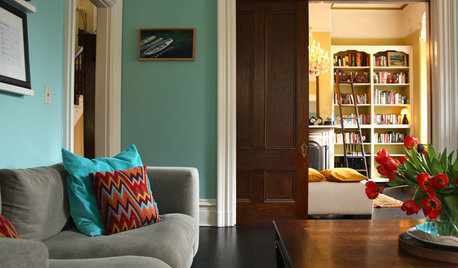
REMODELING GUIDESPocket Doors and Sliding Walls for a More Flexible Space
Large sliding doors allow you to divide open areas or close off rooms when you want to block sound, hide a mess or create privacy
Full Story
REMODELING GUIDESCool Your House (and Costs) With the Right Insulation
Insulation offers one of the best paybacks on your investment in your house. Here are some types to discuss with your contractor
Full Story
MATERIALSInsulation Basics: What to Know About Spray Foam
Learn what exactly spray foam is, the pros and cons of using it and why you shouldn’t mess around with installation
Full Story
HOUSEKEEPINGWhat's That Sound? 9 Home Noises and How to Fix Them
Bumps and thumps might be driving you crazy, but they also might mean big trouble. We give you the lowdown and which pro to call for help
Full Story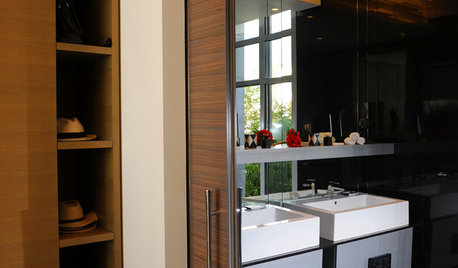
DOORSDiscover the Ins and Outs of Pocket Doors
Get both sides of the pocket door story to figure out if it's the right space separator for your house
Full Story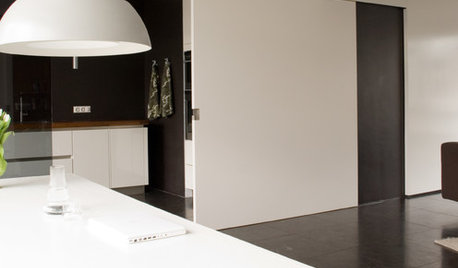
DESIGN DETAILSThe Secret to Pocket Doors' Success
Pocket doors can be genius solutions for all kinds of rooms — but it’s the hardware that makes all the difference. See why
Full Story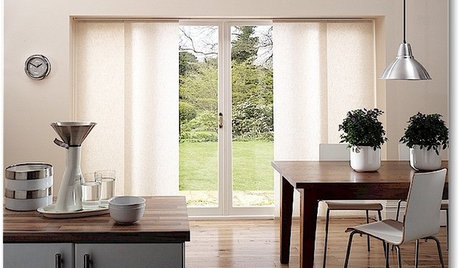
DOORSThe Art of the Window: 12 Ways to Cover Glass Doors
Learn how to use drapes, shutters, screens, shades and more to decorate French doors, sliding doors and Dutch doors
Full Story
HOME OFFICESQuiet, Please! How to Cut Noise Pollution at Home
Leaf blowers, trucks or noisy neighbors driving you berserk? These sound-reduction strategies can help you hush things up
Full Story
LIFEPolar Vortex: How Houzzers Are Coping With the Storm
Spirits are staying high even as the mercury plunges to new lows. Do any of these firsthand accounts sound familiar?
Full Story





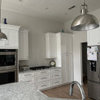


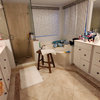
MongoCT
mahatmacat1Original Author
Related Professionals
Arcadia Kitchen & Bathroom Designers · Fairland Kitchen & Bathroom Remodelers · Lomita Kitchen & Bathroom Remodelers · Spokane Kitchen & Bathroom Remodelers · Fairmont Kitchen & Bathroom Remodelers · Fort Smith Interior Designers & Decorators · Van Wert Interior Designers & Decorators · Albany General Contractors · Brighton General Contractors · Easley General Contractors · Gainesville General Contractors · Riverdale General Contractors · Troy General Contractors · Union Hill-Novelty Hill General Contractors · Baileys Crossroads General ContractorsMongoCT
mahatmacat1Original Author
brickeyee
miruca
mahatmacat1Original Author
brickeyee
mahatmacat1Original Author
miruca
brickeyee
mahatmacat1Original Author
brickeyee
mahatmacat1Original Author